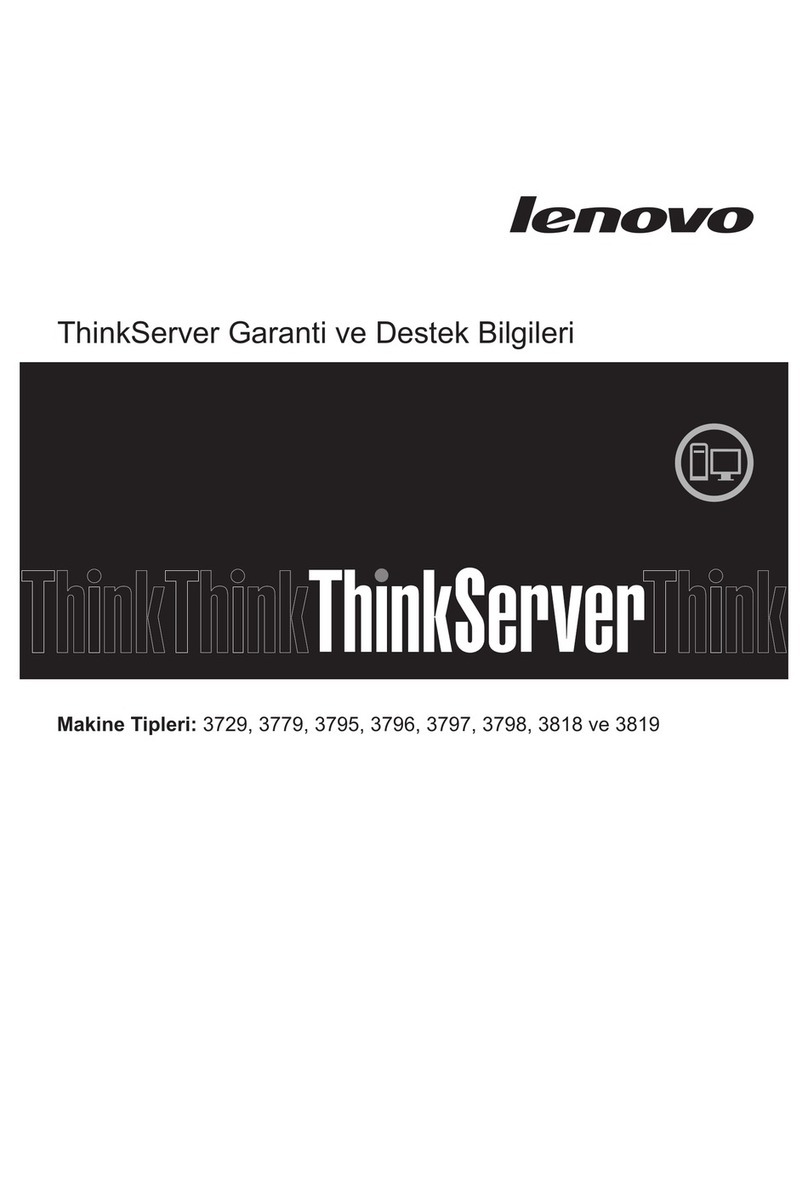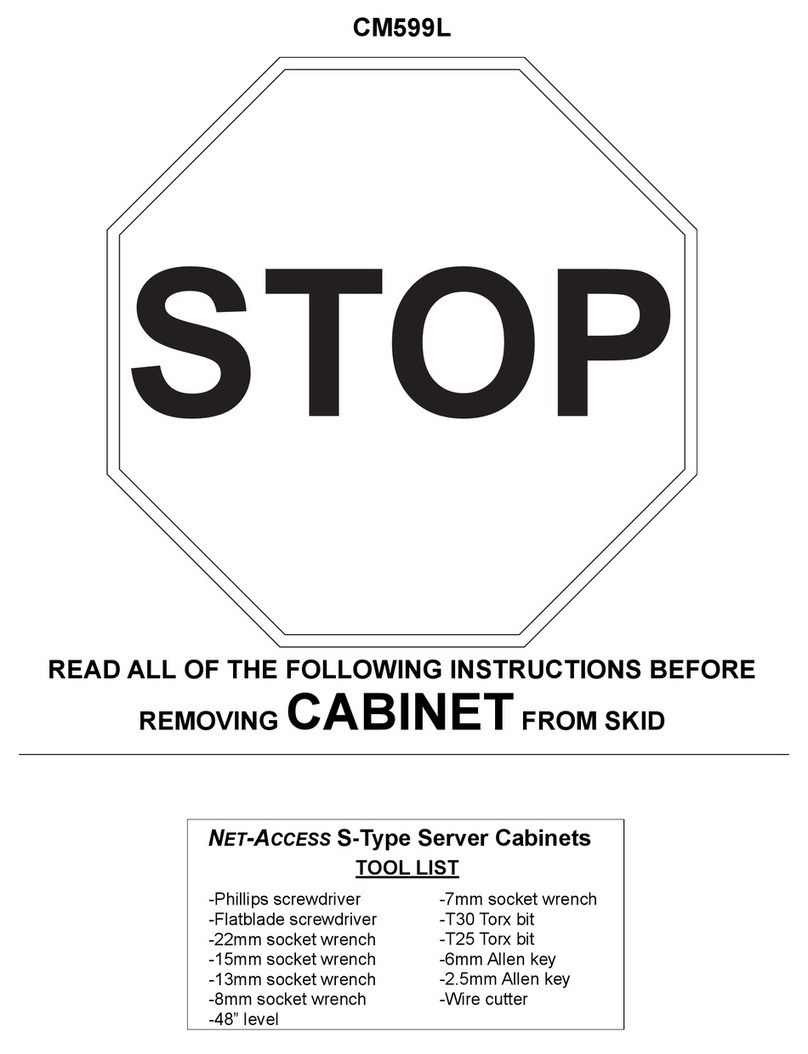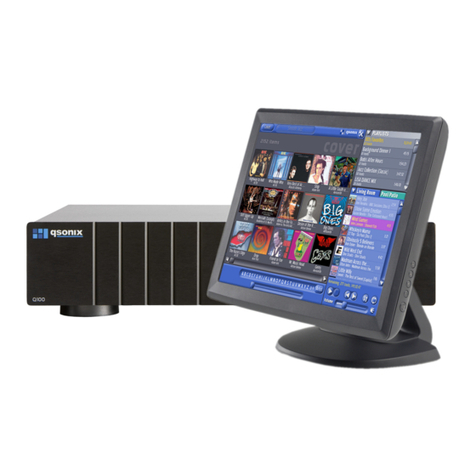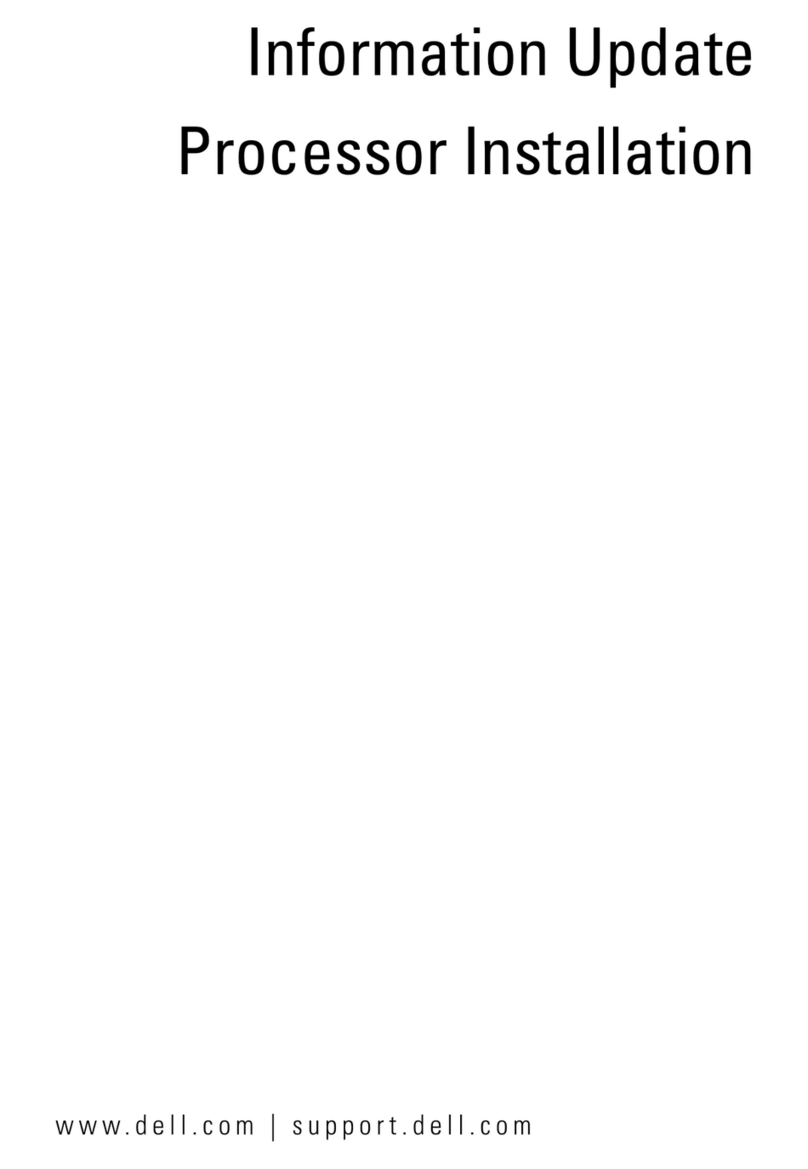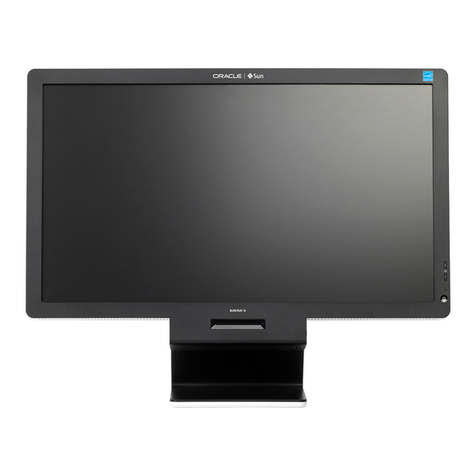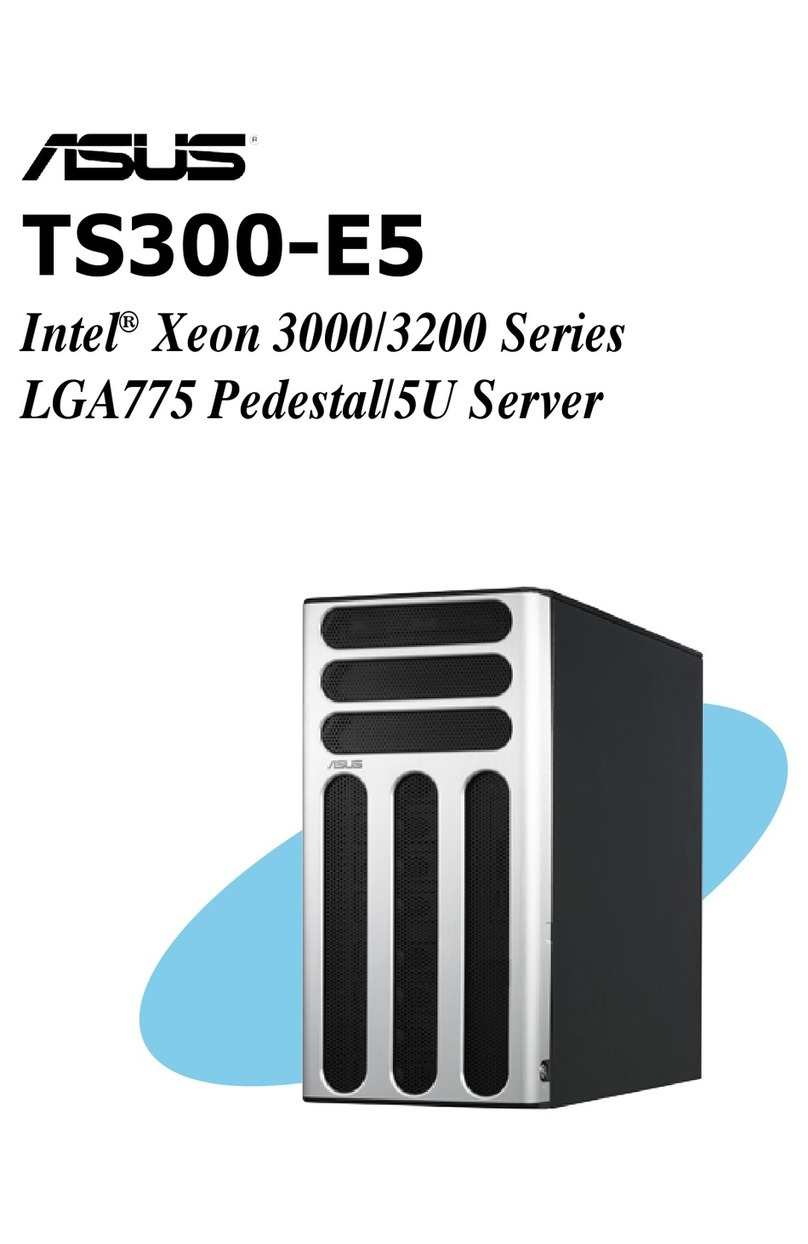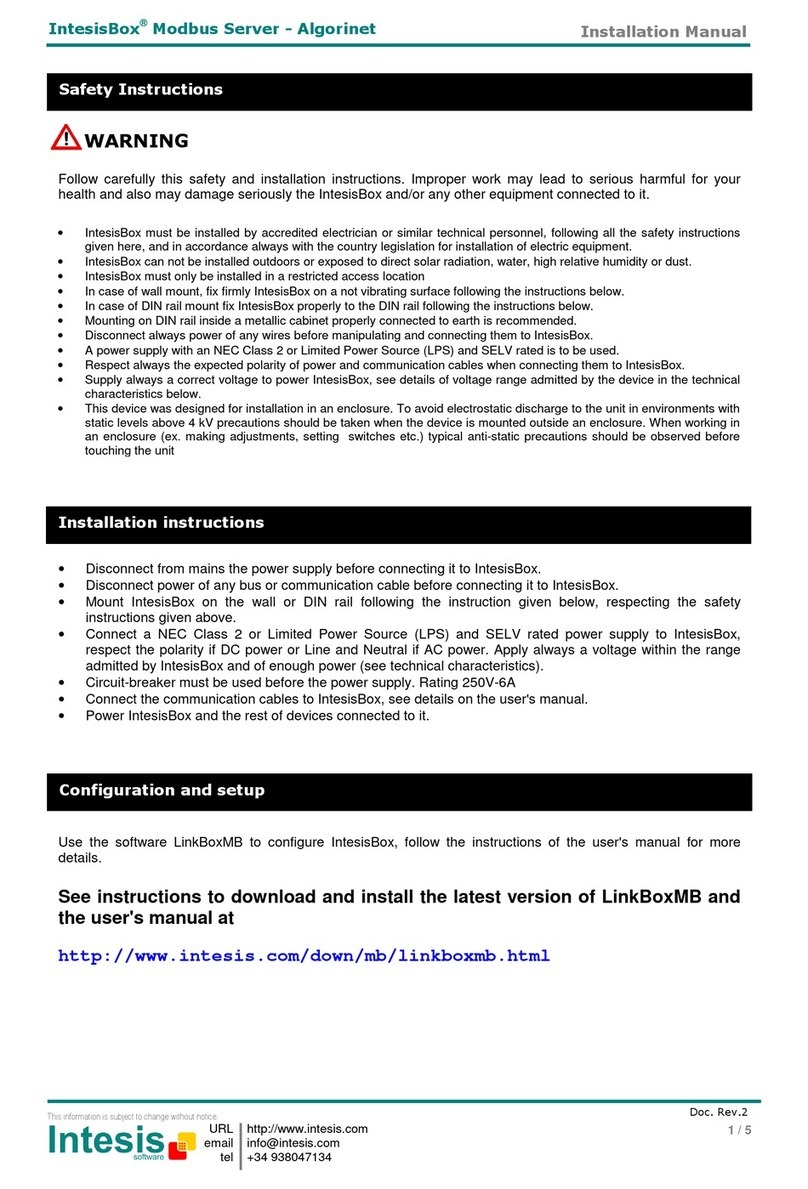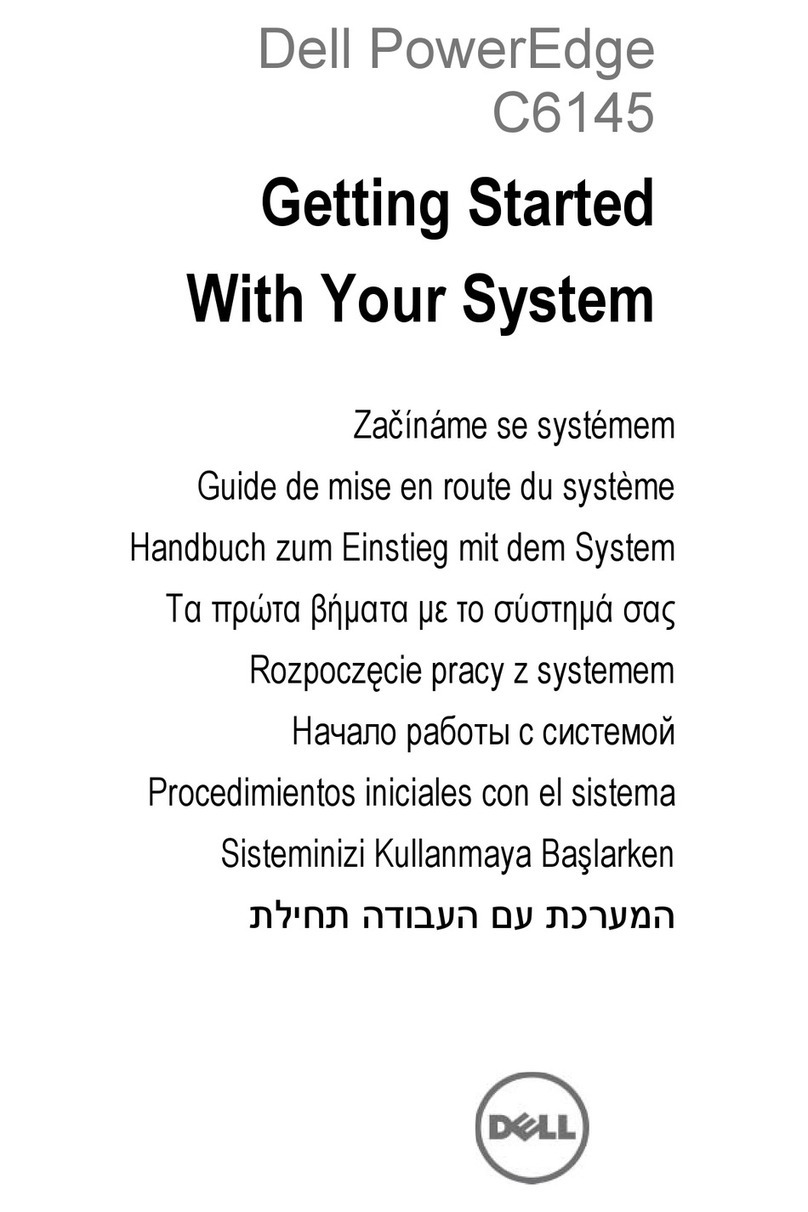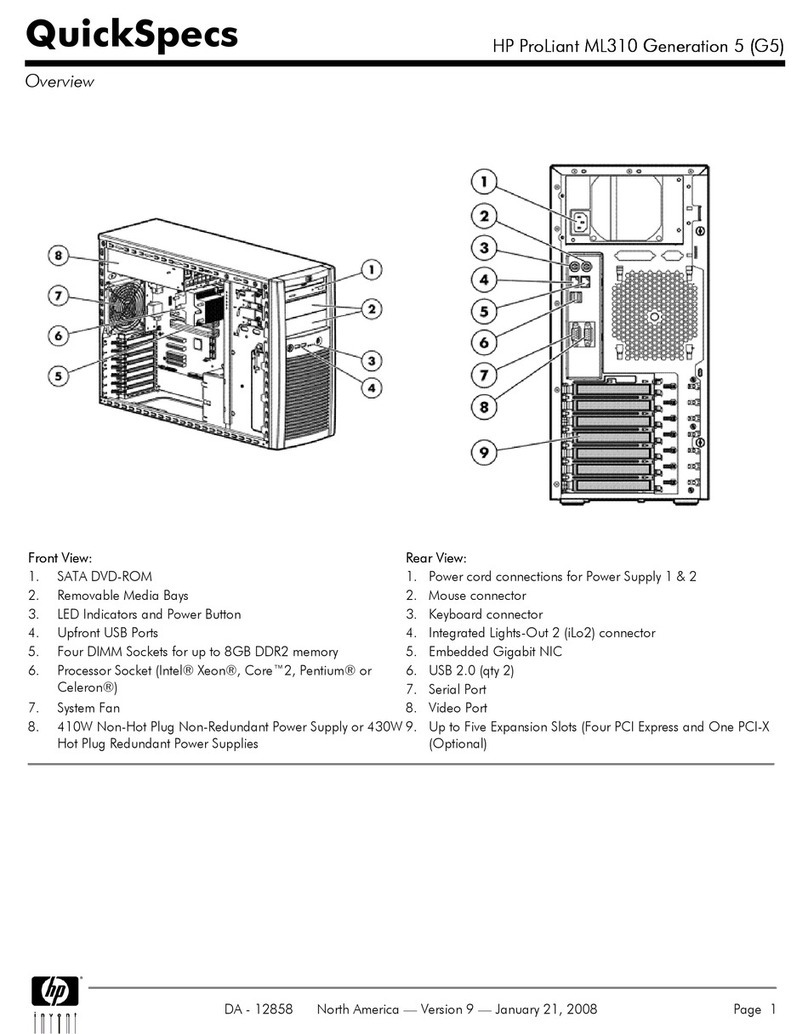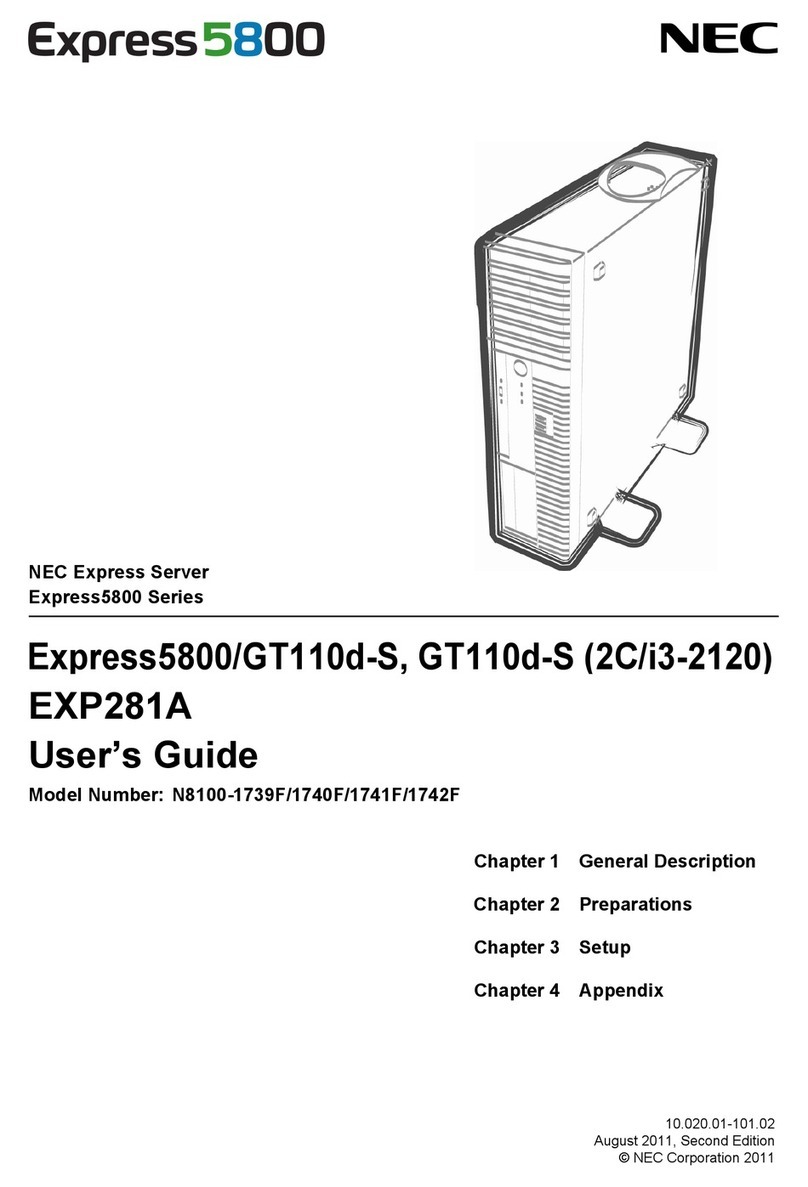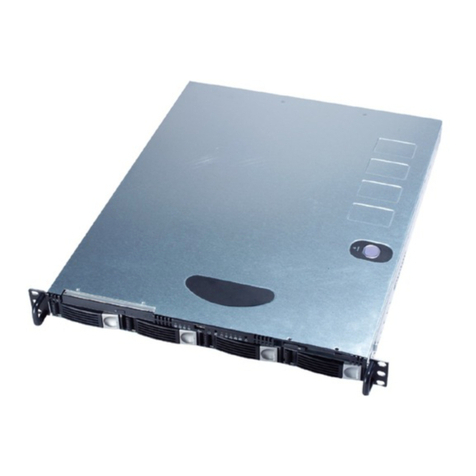MGL Avionics FF-2 User manual

ww w.stratomaster.eu
Stratomaster Smart Single
FF-2 (for turbine sender)
FF-4 (for injection)
Dual sender fuel management system
Fuel flow, Fuel range, Fuel endurance, Fuel level,
Accumulated fuel burn, Differential flow
13 modes of operation
DELTA OMEGA sarl
645 Route du Belin
38410 St Martin d’Uriage, France
Tel: +33 4 76 59 78 10
Fax: +33 4 76 59 78 11
www.stratomaster.eu

ww w.stratomaster.eu
MGL Avionics Fuel management FF-2 & FF-4 Install & User’s manual
© 2002-2007 MGL & Delta Omega www.delta-omega.com Page 2, june07
Display temperature range (operational) ....................................................................................3
Supply voltage ............................................................................................................................3
Supply current.............................................................................................................................3
Fuel level input............................................................................................................................3
Fuel level senders supported......................................................................................................3
Fuel flow senders........................................................................................................................3
Maximum input voltage range.....................................................................................................3
Weight.........................................................................................................................................3
Mode F+CT (Single Fuel flow, single Tank, calculated level).....................................................4
Mode F+PT (Single Fuel flow, single Tank, level sender) ..........................................................4
Mode DF+CT (Differential Fuel flow, single Tank, calculated level)...........................................4
Mode DF+PT (Differential Fuel flow, single Tank, level sender).................................................4
Mode FF+CTT (Dual fuel flow, dual Tank, calculated levels).....................................................4
Mode FF+PTT (Dual fuel flow, dual Tank, level senders)...........................................................4
Mode F+PTT (Single fuel flow, dual Tank, level senders)..........................................................4
Mode DF+PTT (Single fuel flow, dual Tank, level senders)........................................................4
Mode F (Single Fuel Flow)..........................................................................................................5
Mode FF (Dual Fuel Flow)..........................................................................................................5
Mode PT (Single Tank, level sender) .........................................................................................5
Mode PTT (Dual Tank, level senders)........................................................................................5
Mode DF (Differential Fuel flow).................................................................................................5
Speed..........................................................................................................................................7
Level1, Level2.............................................................................................................................7
Accu1, Accu2..............................................................................................................................7
Contrast …..................................................................................................................................7
BL …...........................................................................................................................................7
Mode … ......................................................................................................................................7
Setup...........................................................................................................................................8
T1, T2 size..................................................................................................................................8
K-Factor 1, K-Factor 2 ................................................................................................................8
Calibration procedure..............................................................................................................8
Alarm...........................................................................................................................................9
Units............................................................................................................................................9
Calibrate 1, Calibrate 2...............................................................................................................9
Notes on Slope error.............................................................................................................11
Adjusting calibration points manually....................................................................................11
Connecting the senders............................................................................................................12
Fuel flow sender....................................................................................................................12
Connecting to an injector.......................................................................................................13
Level Sender.........................................................................................................................13
Level Sender.........................................................................................................................14
Sender pictures.....................................................................................................................14
Power supply ............................................................................................................................14
Mechanical................................................................................................................................15
Introduction.....................................................................................................................................3
Technical Specifications.................................................................................................................3
Main Display...................................................................................................................................4
Setting up the FF-2 / FF-4.............................................................................................................6
Installation FF -2 & FF-4...............................................................................................................12
Warranty.......................................................................................................................................16
WEEE...........................................................................................................................................16
Notes............................................................................................................................................16

ww w.stratomaster.eu
MGL Avionics Fuel management FF-2 & FF-4 Install & User’s manual
© 2002-2007 MGL & Delta Omega www.delta-omega.com Page 3, june07
Introduction
The FF-2 or FF-4 fuel management computer is a 2.25” instrument intended for efficient monitoring
of fuel related information onboard small aircraft and related applications.
The FF-2 unit can connect to one or two fuel flow senders, one or two fuel level senders or both.
Full functionality is available with both senders or only with a fuel flow sender using calculated fuel
levels based on fuel usage. Differential fuel flow calculations are also supported for fuel return
systems.
The FF-4 fuel flow input is designed for injected engines. It connects to the injector control signal
and does not require a fuel flow sender. It measures fuel flow based upon injection opening time.
Standard automotive fuel level senders can be used, even with odd shaped tanks thanks to a
comprehensive, multi point calibration system.
Most fuel flow senders can be used and the K-factor of the sender can be entered into the system
for simple calibration. MGL Avionics supplies a lightweight multiple range fuel flow sender that is
ideally suited for the FF-2 unit.
Technical Specifications
Display temperature range (operational): -20 to +80 °C
Supply voltage: +8 to +18V. +24/28V with optional pre regulator.
Supply current: 35mA/60mA (backlight off/on)
Fuel level input: Maximum voltage: 5V, 5mA maximum current.
Fuel level senders supported: Any resistive type with common ground and capacitate probes
with active voltage outputs up to 2.5V level (push pull or pull-up).
Fuel flow senders: Supply 5V, 20mA maximum current. TTL level input with noise filter and
schmidt trigger hysteresis. Required input voltage swing: less than 1.5V to more than 3.5V.
Maximum input voltage range: -5V to +18V.
Weight: 100 grams.

ww w.stratomaster.eu
MGL Avionics Fuel management FF-2 & FF-4 Install & User’s manual
© 2002-2007 MGL & Delta Omega www.delta-omega.com Page 4, june07
Main Display
Mode F+CT (Single Fuel flow, single Tank, calculated level)
Mode F+PT (Single Fuel flow, single Tank, level sender)
Mode DF+CT (Differential Fuel flow, single Tank, calculated level)
Mode DF+PT (Differential Fuel flow, single Tank, level sender)
Use the key to switch with another display showing remaining fuel, fuel flow, Fuel range and
fuel endurance.
Mode FF+CTT (Dual fuel flow, dual Tank,
calculated levels)
Mode FF+PTT (Dual fuel flow, dual Tank, level
senders)
Mode F+PTT (Single fuel flow, dual Tank, level
senders)
Mode DF+PTT (Single fuel flow, dual Tank, level
senders)
Remaining fuel
Fuel Flow
Fuel Range
Fuel Endurance
Fuel endurance
Hours:Minutes
Fuel Range
Fuel flow
Fuel level
Fuel low alarm level
Tank capacity
Remaining fuel

ww w.stratomaster.eu
MGL Avionics Fuel management FF-2 & FF-4 Install & User’s manual
© 2002-2007 MGL & Delta Omega www.delta-omega.com Page 5, june07
Mode F (Single Fuel Flow)
Mode FF (Dual Fuel Flow)
Mode PT (Single Tank, level sender)
Mode PTT (Dual Tank, level senders)
Mode DF (Differential Fuel flow)
Note: This mode is used to show the flow of both
forward flow and return flow senders. The calculation
at the bottom of the screen shows how the fuel flow is
derived.

ww w.stratomaster.eu
MGL Avionics Fuel management FF-2 & FF-4 Install & User’s manual
© 2002-2007 MGL & Delta Omega www.delta-omega.com Page 6, june07
Setting up the FF-2 / FF-4
Press the Menu key to enter the menu. You can move forward and backwards in the menu by
using the and keys. To change or select a menu item, move the highlight to the desired
item and then press the Menu key. To end an edit or function, press the Menu key again.
To exit the menu and continue normal operation, select the ***Done*** function and press the
Menu key. Note, all changes you have initiated during your session will only be remembered
by the instrument if you exit the menu using the ***Done*** function.
The menu varies depending on the mode you have selected. The following pictures and
descriptions show all the modes. Some items may not be visible if your selected mode does not
require them. This shows all possible menu items
ÅSelect Done when you have finished here
ÅEnter your cruising speed for range and endurance
calculations.
ÅEnter you fuel starting level for calculated fuel levels.
ÅYour fuel accumulators. Total amount of fuel used
since you reset the accumulators to zero.
ÅYour display contrast setting. A value around 30 is
most often used.
ÅSwitch the display backlight OFF or ON.
ÅThe mode selection for the instrument.
ÅEnter the setup menu for your selected mode

ww w.stratomaster.eu
MGL Avionics Fuel management FF-2 & FF-4 Install & User’s manual
© 2002-2007 MGL & Delta Omega www.delta-omega.com Page 7, june07
Speed
Enter your aircrafts cruising speed. This value will be used to calculate the fuel range, i.e. how far
you can fly with remaining fuel at zero wind speed. For this calculation, your current remaining fuel,
your current fuel flow and the speed entered here are taken into account.
You can easily change the speed during flight to reflect changes in ground speed or cruising
speed.
Use this function with care and do not use it to extend your range. You must at all times
have a secondary indication of available fuel. Note that flow senders and level senders may
be subject to malfunction that may result in incorrect fuel levels being displayed or
calculated.
Level1, Level2
This function is used to manually enter your current fuel level after fueling or defueling your aircraft.
This function is only available if you have a mode selected where fuel level is calculated from fuel
flow.
Note that it is good airmanship to take into account a “silent” fuel reserve. For example, if you have
a 50 liter tank and you fill it, enter 40 or 45 liters as your available fuel. Also view the text on “fuel
tank size” below.
Accu1, Accu2
These entries show the amount of fuel used since the accumulator was last reset to zero. To reset
the accumulator simply move the highlight over the accumulator with the and keys, and
press the center menu key.
Contrast …
This function allows you to change the display contrast to your liking. You can select values from
about 20 to 45. (Can vary depending on display type).
BL …
This function allows you to switch the display backlight on or off.
Mode …
Select the operating mode of your instrument, for example FF+CTT.
Each “F” stands for a fuel Flow sender.
Each “T” stands for a fuel Tank level display.
“C” means “Calculated fuel level”.
“P” means “Physical fuel level” (tank level sender).

ww w.stratomaster.eu
MGL Avionics Fuel management FF-2 & FF-4 Install & User’s manual
© 2002-2007 MGL & Delta Omega www.delta-omega.com Page 8, june07
Setup
Select the “Setup” function to enter the setup menu for your selected mode. The pictures and
descriptions here show all available functions. Depending on your mode selection some of these
items may not be visible if they are not required...
ÅSelect “Done” when you are finished here
ÅSet the size of your tank(s)
ÅEnter the K-factor of your flow sender(s) or injector(s)
ÅEnter the fuel tank level sender multi point calibration
system
ÅEnter the “low fuel level” alarm for your fuel tanks
ÅSelect the units of measure for your application
T1, T2 size
Enter the size of the fuel tanks in your system. It is recommended to choose a size that is slightly
less than actual size so you can compensate for sender inaccuracies and give you a measure of
reserve fuel.
K-Factor 1, K-Factor 2
The K-Factor is the number of pulses generated by the fuel flow sender for one liter of fuel. The
dual range fuel flow sender supplied by MGL Avionics has a K-Factor of 7000 in the low flow mode
(jet installed) and 1330 for the high flow mode (no jet installed).
You can use the K-Factor to calibrate your fuel flow sender.
Calibration procedure
•Fill your tank to an approximate known level (perhaps marked using a felt pen). Set the
FF-2 to calculate fuel level from fuel flow (disable the fuel level sender using the menu
function “LevelSend”).
•Set the fuel level to read 40 liters – the exact value is not important.
•Now fly of a quantity of fuel, perhaps 25 liters as example (very roughly – it does not
need to be exact). Note the reading of the fuel level after you switch off the engine.
Assume we are reading 28 liters now (we used 22 liters according to the instrument).
•Now fill the tank again, exactly to the previous level. Measure how much fuel you need to
get to this previous level using a measuring jug.
•For example, assume we need 26 liters to get back to the previously marked fuel level.
This means the fuel level should have been at 24 liters as we started with a value of 40
liters.

ww w.stratomaster.eu
MGL Avionics Fuel management FF-2 & FF-4 Install & User’s manual
© 2002-2007 MGL & Delta Omega www.delta-omega.com Page 9, june07
•This example would mean that our fuel flow sender is under reading by four liters as it
has not measured the correct quantity of fuel.
•Now start adjusting the K-Factor so your tank level changes from 28 liters to 24 liters.
You would adjust the K-factor down in this case (fewer pulses per liter of fuel).
•Using this calibration method you can get to very accurate fuel flow readings. The initial
accuracy of fuel flow readings is dependant on the viscosity or type of fuel you use,
added oils, installation and finally the temperature of the fuel.
•A good installation can achieve about a +/- 3% accuracy with as little as 1% error after
calibration.
Alarm
Enter your desired minimum fuel value that you would like to trigger the fuel low alarm. The fuel low
alarm will result in flashing of the fuel level display and remaining fuel readout. You can also
connect a warning lamp to the external alarm output (see installation diagram).
Note that the fuel low level will be displayed as a vertical line on your fuel level display. This level is
over and above your “silent” fuel reserve.
Each tank has its own alarm level.
Units
Select your required units for distance and fuel quantity. The following options are available:
•L/M: Liters and statute miles
•G/M: U.S. Gallons and statute miles
•L/Nm: Liters and nautical miles
•G/Nm: U.S. Gallons and nautical miles
•L/Km: Liters and kilometers
•G/Km: U.S. Gallons and kilometers
Calibrate 1, Calibrate 2
This function enters the fuel level sender calibration menu. The fuel level sender needs to be
calibrated before it can be used with this system. The calibration allows the system to learn the
shape of your tank as well as any errors your fuel level sender or installation has.
Performing the calibration procedure
You start with an empty tank, you need a measuring jug or fueling device that has calibration marks
and you need enough fuel to fully fill the tank.
Regardless of your use of a fuel flow sender, you can install a fuel level sender into your fuel tank.
These level senders are inexpensive and are available as after market replacement fittings from a
car spares outlet. We recommend the senders available from VDO. Be aware that some makes
The current level
sender reading
Level sender readings
at the calibration
points
The six calibration
points from zero fuel
level to full tank

ww w.stratomaster.eu
MGL Avionics Fuel management FF-2 & FF-4 Install & User’s manual
© 2002-2007 MGL & Delta Omega www.delta-omega.com Page 10, june07
of cheap level senders can prove troublesome, as the lever arms tend to be sticky. This
prevents the floats from floating on the surface of the fuel at all times. As a consequence,
this will lead to incorrect fuel level indication.
Once you have installed a fuel level sender into your tank, make sure the float can travel all the
way from empty to full position without hindrance of any kind.
The calibration procedure should be carried out with your aircraft in flight attitude. This means you
need to lift the tail if you have a tail-dragger or lift the nose wheel if you have a weight shift trike.
You start the calibration procedure with an empty tank.
You start the calibration procedure with an empty tank.
•Add five liters of fuel (our reserve quantity) using a suitable measure. Make sure the
measure is suitably accurate.
•This is now the “level sender reading at 0 Lt” position. Move the highlight to this position
and wait until the sender reading has stabilized (You will see the sender reading at the
top line). This could take up to a minute so have patience.
•ENSURE THAT THE FLOAT IS NOT SUBMERGED AND IS FLOATING ON TOP OF
THE FUEL LEVEL.
•Should this number not react to changes of your level sender position, then you have a
problem. Please check your wiring according to the installation section of this manual. .
•You should expect the number to change in the region of at least 20 to 60 counts per
calibration position. If the number does not change with fuel level or only changes a very
small amount – check your installation. Something is not right !!! .
•If you see the number changing then everything is well. Once it has stabilized and the
highlight is on the 0 Lt position, press the “Menu” key to transfer the reading from
the sender to the calibration point.
•Now you are ready for the next step. Add the required amount of fuel to get to the next
level (In our case 9 Lt – this is 20% tank capacity). Once done, wait for the reading to
stabilize and press “Menu” again after you have moved the highlight to the “9 Lt”
position.
•Proceed in a similar manner until you have reached the last calibration position at 100%
tank capacity.
You are done!
If you press “+” past the last calibration point then
the unit will display:
If you press “Menu” at this point then the
calibration function will exit and any changes you have
done are written to permanent memory in the
instrument. You can repeat this calibration many times
so do not worry if you do not get it right the first time.
The instrument uses the 6 calibration points to work out a correction curve that takes into account
the tolerances of your fuel level sender and the shape of your fuel tank. This results in an incredibly
accurate and usable fuel level display that far exceeds that available from ordinary dial type
gauges.

ww w.stratomaster.eu
MGL Avionics Fuel management FF-2 & FF-4 Install & User’s manual
© 2002-2007 MGL & Delta Omega www.delta-omega.com Page 11, june07
Note: The calibration positions may be edited by using the and keys. This allows you, in
theory, to copy calibration settings from one instrument to another. We however recommend that
you do go though the calibration procedure even if the two aircraft are identical in all respects.
Tolerances do exist and the calibration cancels these out.
Accurate fuel level displays are a vital safety factor for an aircraft and a very useful feature for
peace of mind during cross county flights.
Notes on Slope error
Sender value is a value determined by the FF-2 or FF-4. It is used to calculate e.g. fuel level, fuel
endurance estimate and current range estimate. The fuel tank setup sender value can either
increase in value as fuel is added on decrease in value if fuel is added. This is dependant on the
type of fuel level sender used. However should the second reading be larger than the first reading
all readings will have to be larger than the previous reading. Likewise should the second reading be
smaller than the first reading all readings will have to be smaller than the previous reading. If this is
not the case the wording "Slope error" will be displayed. This could happen when
•fuel was removed instead of added between steps
•no fuel was added between steps
•the fuel level sender was moved in the wrong direction e.g. moving the fuel level sender
manually when it is not inserted in to the fuel tank.
Should you get a slope error message determine the cause of the error. If you do not know the
cause of your error it is best to start from scratch. It should be remembered that accuracy is the
fuel tank calibration is extremely important to enable your FF-2 or FF-4 to display the correct data.
Adjusting calibration points manually
You may want to set individual calibration points manually. For example you may find that your fuel
level is over reading at a specific fuel level. Correcting the tank level reading for this area can be
simply done by adjusting the calibration point. You can do this by moving the float level with your
hands to the desired position and then performing the calibration as outlined above, or you can use
the manual option.
To activate manual change of the calibration points use the and keys to highlight the
“Sender: ….” entry (top line of screen). Now press the Menu key. You get:
When you are in manual mode, use the and
keys as before to select the point you want to calibrate.
Then press the Menu key. This allows you to
change the value at the calibration point using the
and keys. When you are done, press the Menu
key again. To end the calibration, move the highlight
past the last calibration point as before.

ww w.stratomaster.eu
MGL Avionics Fuel management FF-2 & FF-4 Install & User’s manual
© 2002-2007 MGL & Delta Omega www.delta-omega.com Page 12, june07
Installation FF -2 & FF-4
Connecting the senders
This image shows the connection of one flow sender and one fuel level sender. Connections for the
second pair of senders omitted for clarity, they are identical.
Fuel flow sender
Please observe the installation notes supplied with the fuel flow sender. Should you install a
different fuel flow sender to that supplied by MGL Avionics, ensure that you enter the K-factor
relevant for your sender.
Some senders require a pull-up resistor to the 12V supply line. We find most installations of these
senders require a 4K7 pull-up resistor.
In all cases ensure that fuel flow through the sender is continuous and smooth.
Nearly all flow senders related problems are due to choosing a bad position in the fuel supply line.
Any fuel flow sender will be negatively effected by having to measure pulsed fuel supply such as is
created by most mechanical or pneumatic fuel pumps or by carburetor float valves that open and
close continuously. Nearly every installation would require a suitable fuel reservoir to help create a
smooth fuel flow for the sender. This can be easily created by installing a fuel filter before AND
after the flow sender.
+-
Alarm
S
+
DC
Level
FF-2
Fuel computer
TransZorb 33V
Protection
Fuse
Power Switch
Alarm lamp or LED 1W Max
+12V from battery
Ground
(Chassis)
Red
Blue
Braid
Fuel Flow sender
Level sender
Resistor (if LED)
This wire not needed for FF2-B
since the left contact is internally
connected to +12V
12V

ww w.stratomaster.eu
MGL Avionics Fuel management FF-2 & FF-4 Install & User’s manual
© 2002-2007 MGL & Delta Omega www.delta-omega.com Page 13, june07
Connecting to an injector
This image shows the connection of one injector (controlled on ground side) and one fuel level
sender.
•When injector is controlled through ground, select “Injector High” in Setup.
•When injector is controlled through positive side, select “Injector Low” in Setup.
Ensure that you enter the K-factor relevant for your injection timing.
Note that the injector control signal makes also a very good signal for RPM measurements on
MGL’s instruments.
+-
Alarm
S
+
DC
Level
FF-4
Fuel computer
TransZorb 33V
Protection
Fuse
Power Switch
Alarm lamp or LED 1W Max
+12V from Battery
Ground
(Chassis)
Level sende
r
Resistor (if LED)
12V
+12V
Injector
Connection for
injection time
measurement
Injector
command

ww w.stratomaster.eu
MGL Avionics Fuel management FF-2 & FF-4 Install & User’s manual
© 2002-2007 MGL & Delta Omega www.delta-omega.com Page 14, june07
Level Sender
If required the FF-2 or FF-4 can interface to a standard automotive fuel level sender(s) as
indicated. Most of these senders are resistive types.
The level input terminal has an internal 1K resistor pull-up to 5V.
Capacitive types can be used provided they have a voltage output not exceeding 2.5V.
Sender’s output range is in general in the 0-0.5V range, and many capacitive senders have an
output which is compatible with a resistive sender.
Senders with an output voltage range above 2.5V need to be connected through a resistive divider
in order to condition the voltage on instrument’s input in the 0-2.5V range.
•For a 0-5V sender, a resistor divider with 270 Ohm in series and 270 Ohm to ground.
•For a 0-12V sender, resistor divider with 1.5 KOhm in series and 270 Ohm to ground.
Please note that capacitive senders may exhibit large errors as they are very sensitive to the
composition of the fuel used. We do not recommend using capacitive senders with automotive
fuels for this reason.
Please ensure that the float of the level sender moves freely at all times and that the float is large
enough not to remain submerged in case the mechanism becomes sticky. This will result in an
incorrect indication of fuel level.
Note that you need to perform the calibration routine as outlined in the respective section of
this manual.
Sender pictures
Flow Level
Power supply
Connect the ground and +12V input terminals to your plane’s power supply (you will need a pre
regulator for a 24/28V supply).
Note for operation on supplies with inductive loads: Any operation of electronic instrumentation on
power supplies that are subject to high voltages caused by operation of inductive loads (starter
motors, solenoids, relays) are required to be fitted with suitable protection.
All Smart Singles are guaranteed to withstand temporary over voltage up to 40V without additional
protection. We recommend that measures are taken to prevent voltage transients in excess of this
limit.
MGL Avionics recommends the fitment of a fuse in line with a 33V TransZorb© to protect electronic
instruments, radios and intercom systems. Only one such arrangement is required for a cluster of
instruments.
Please note that product warranty excludes damages caused by unprotected, unsuitable or
incorrectly wired electrical supplies.

ww w.stratomaster.eu
MGL Avionics Fuel management FF-2 & FF-4 Install & User’s manual
© 2002-2007 MGL & Delta Omega www.delta-omega.com Page 15, june07
Mechanical
The front panel of the singles occupies the same space as a standard 2.25" unit popular with
automotive gauges. Traditional gauges have a round body while the singles have an octagonal
shape.
Difference with a standard 2”1/4 hole
DXF format dimensions file available on
http://www.stratomaster.eu/download/mgl/MGL_Single.dxf

ww w.stratomaster.eu
MGL Avionics Fuel management FF-2 & FF-4 Install & User’s manual
© 2002-2007 MGL & Delta Omega www.delta-omega.com Page 16, june07
Warranty
MGL avionics warrants their products for a period of one year from date of purchase against faulty
workmanship. Warranty is limited to the replacement of faulty components and includes the cost of
labor. Shipping costs are for the account of the purchaser.
Note for operation on supplies with inductive loads:
Any operation of electronic instrumentation on power supplies that are subject to high voltages
caused by operation of inductive loads (starter motors, solenoids, relays) are required to be fitted
with suitable protection.
All Smart Singles are guaranteed to withstand temporary over voltage up to 40V without additional
protection. We recommend that measures are taken to prevent voltage transients in excess of this
limit.
MGL Avionics recommends the fitment of a fuse in line with a 33V TransZorb© to protect electronic
instruments, radios and intercom systems. Only one such arrangement is required for a cluster of
instruments.
Please note that product warranty excludes damages caused by unprotected, unsuitable or
incorrectly wired electrical supplies.
This instrument is not certified by the FAA. Fitting of this instrument to certified aircraft is
subject to the rules and conditions pertaining to such in your country. Please check with
your local aviation authorities if in doubt. This instrument is intended for ultralight,
microlight, homebuilt and experimental aircraft. Operation of this instrument is the sole
responsibility of the pilot in command (PIC) of the aircraft. This person must be proficient
and carry a valid and relevant pilot’s license. This person has to make him/herself familiar
with the operation of this instrument and the effect of any possible failure or malfunction.
Under no circumstances does the manufacturer condone usage of this instrument for IFR
flights.
WEEE
At Delta Omega we simply believe that protecting the environment is the right thing to do. That’s
why we support and encourage the implementation of the European WEEE Directive (Waste
Electrical and Electronic Equipment). This Directive requires that the waste from electrical and
electronic equipment has to be collected separately from everyday household waste for proper
recovery. MGL’s equipment is marked according to the requirements of the EU WEEE Directive.
The special "crossed out wheeled bin" symbol is placed on products to indicate that waste from
electrical and electronic equipment must be subject to a selective collection.
The Directive only applies to end of life electrical and electronic goods. Return your
end-of-life equipment to your local authorized collection centre. Please contact
your competent authorities for more details.
Notes
______________________________________________________________________________
______________________________________________________________________________
______________________________________________________________________________
______________________________________________________________________________
______________________________________________________________________________
This manual suits for next models
1
Table of contents
